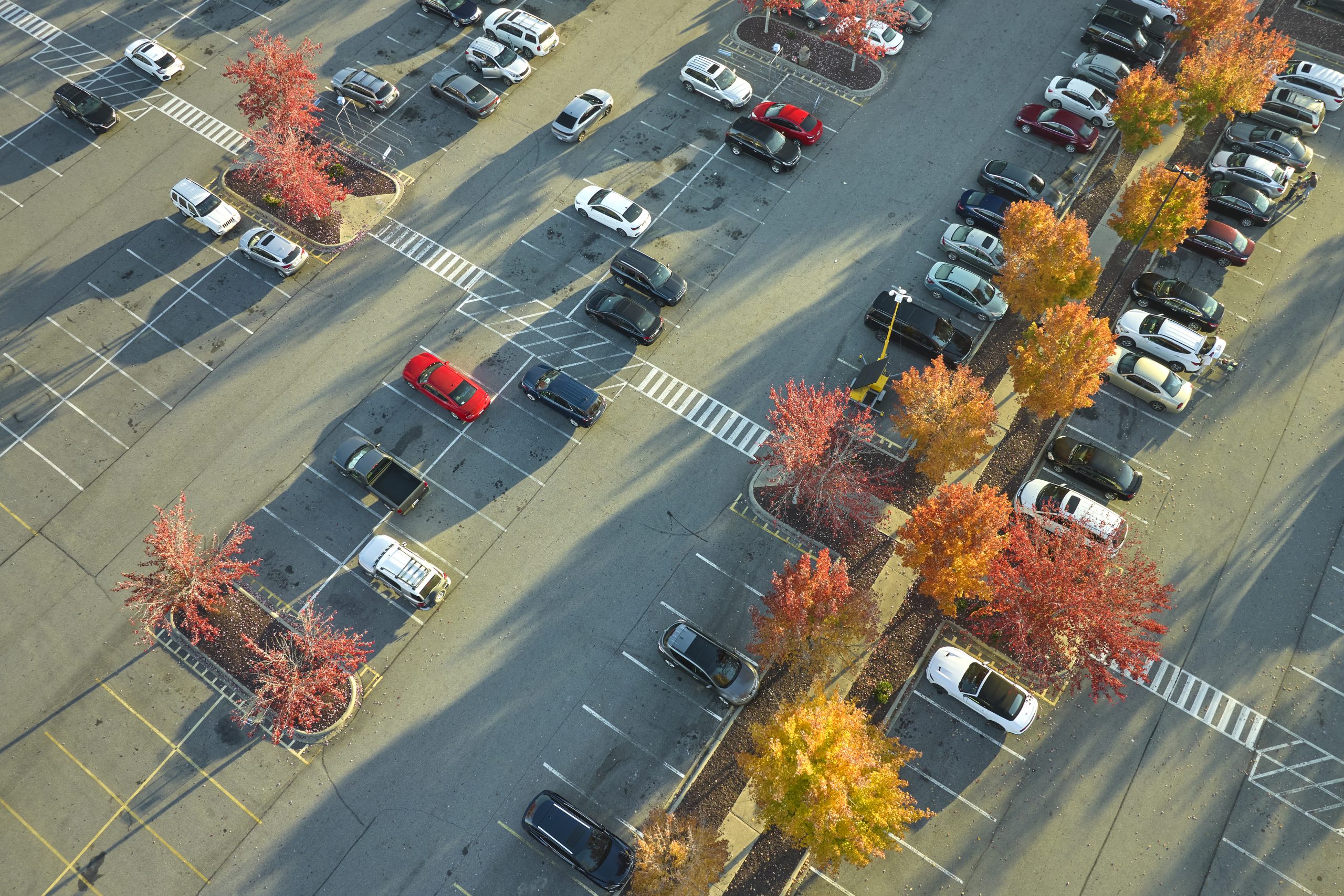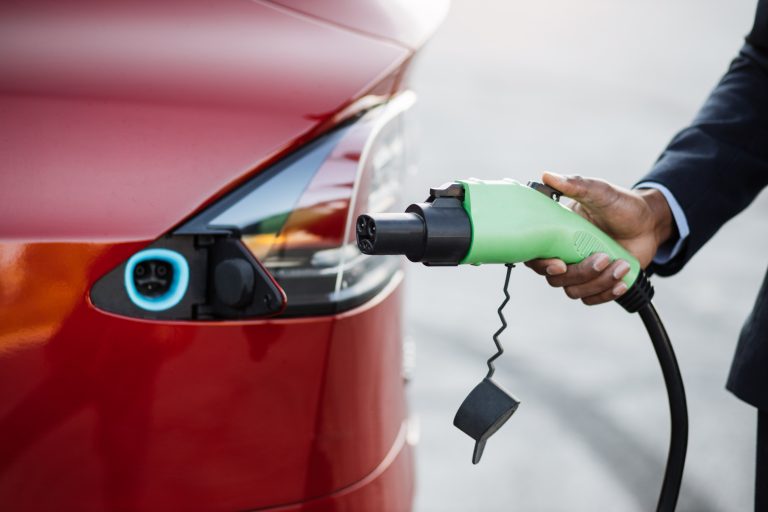When designing a commercial parking lot, it’s tempting to think of it as just a space for vehicles – but the reality is far more complex. A well-designed parking lot not only ensures efficient traffic flow and maximizes capacity, but must also comply with safety regulations and accessibility requirements. Whether you’re building from scratch or upgrading an existing lot, keeping these standards in mind is crucial for both functionality and compliance.
Layout and Flow
A smart layout minimizes confusion and maximizes space usage, with the most optimal angles depending on the specific space and the needs of your business. Aisle widths depend on the chosen angles, and must allow for traffic to pass safely. Entrances and exits should be clearly marked, and turning radii must be adequate for the expected vehicle types. For commercial lots, consider larger turning areas to accommodate delivery trucks or emergency vehicles.
Stall Dimensions
Standard parking stall sizes in Canada vary slightly depending on jurisdiction, so it’s important to consult local municipal standards. Compact car spaces may be permitted in some areas, but should be clearly labeled. The design should also consider future needs, such as accommodating electric vehicle (EV) charging stations, carpool spaces, and bicycle racks.
Drainage and Surfacing
Proper drainage prevents pooling, ice formation, and surface damage. Lots should be graded to channel water toward storm drains or landscaped swales. Durable surfacing materials like asphalt or concrete are common, but surface type should be selected based on expected traffic volume and climate conditions.
Lighting and Signage
Lighting is essential for safety and security. Fixtures should be evenly spaced to avoid dark zones, especially near pedestrian crossings, entrances, and exits. LED lighting offers long-term energy savings and reduced maintenance costs. Signage should guide drivers effectively, indicating directions, speed limits, and reserved spaces (e.g., for accessible parking, loading zones, or staff). High-visibility paint for lines and curbs is just as important and must be refreshed regularly.
Accessibility Compliance
In Canada, parking lots must comply with local accessibility standards, such as Ontario’s Accessibility for Ontarians with Disabilities Act (AODA) and national building codes. Accessible parking stalls are usually wider to accommodate side-loading wheelchair ramps, and located close to accessible building entrances. Tactile surfaces, proper signage (including the International Symbol of Access), and barrier-free paths of travel must be included in the design.
Landscaping and Environmental Considerations
Adding landscaped islands or permeable pavers can improve drainage and aesthetic appeal while also reducing the urban heat island effect. Tree plantings and green buffers enhance curb appeal and may be required by local bylaws.
Parking lot design is more than just putting lines on pavement; a professionally designed lot considers safety, accessibility, and long-term sustainability. At Pulse Construction, we’re committed to doing business with an honest, professional, and competitive approach – without compromising safety or schedules. Contact us today for all of your building needs.



